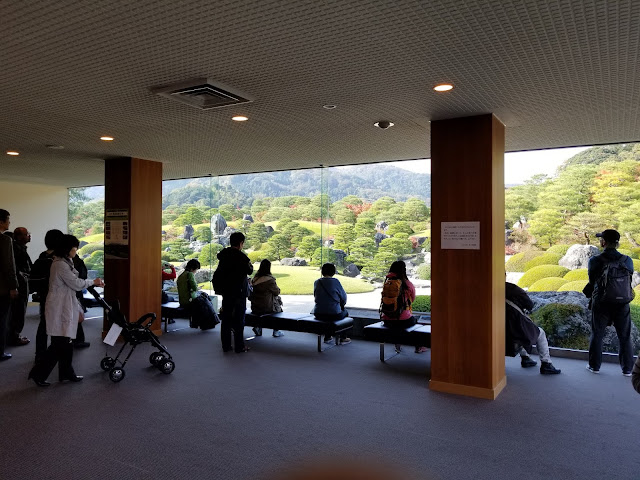This article was updated on 19 Sep 2021 to clarify the train trip to Toro Station and the museum, and to add the link to The Railway Museum article.
Saitama, Japan is just a 40 minute train ride north from Tokyo. The major rail station is called Omiya and is the first major junction outside of Tokyo for the Shinkansen when traveling to the northern parts of the main island of Honshu. Two major tourist attractions are located in Saitama: the first is the world-class Railway Museum (鉄道博物館), run by the non-profit foundation of East Japan Railway (better known as JR East) and the second is the Omiya Bonsai Art Museum (大宮盆栽美術館), which is publicly run and a short walk from Toro Station, one station north of Omiya Station on the JR Utsunomiya Line. I visited both places on 02 Nov 2018 while I was staying in Tokyo. The Railway Museum article can be found at:
Bonsai (盆栽; lit. 'tray planting') is a Japanese art form using cultivation techniques to produce, in containers, small trees that mimic the shape and scale of full size trees. Similar practices exist in other cultures, including the Chinese tradition of penzai or penjing from which the art originated. The Japanese tradition dates back over a thousand years. [1]
While I'm not a fan of gardening, I am fascinated by Japanese bonsai since the creation and growing of these works of living art is something I personally have never tried and probably will never attempt. So to come to Japan and view this small museum dedicated to a unique Japanese art was on my list of places to see. Like any good museum, the "exhibits" are constantly changing and whenever you visit, there's always something new to see besides the permanent collection. The museum draws many Japanese and foreign tourists, so the exhibits are well labeled in both Japanese and English. An audio guide in Japanese, English, Chinese, and Korean is also offered.
The picture above was a work of bonsai art created by Kimura Masahiko (木村雅彦) and was displayed in the museum's lobby as the introductory work to the exhibit. The tree is a Japanese yew (taxus cuspidata) collected in Hokkaido (Japan's northernmost main island) in April 2018. The estimated age of the tree is 1,000 years! From the description:
"From the tree's root base to the rising trunk, it looks like a dragon spirit rising up. The sturdy trunk fold and turns with a superior sense of movement. This is the first time that this bonsai is being exhibited. According to Kimura, the tree is a rare world class material. The final form is yet to come, yet a thing to look forward to."
Please continue reading the article to find out more about the museum and to see more photographs.


